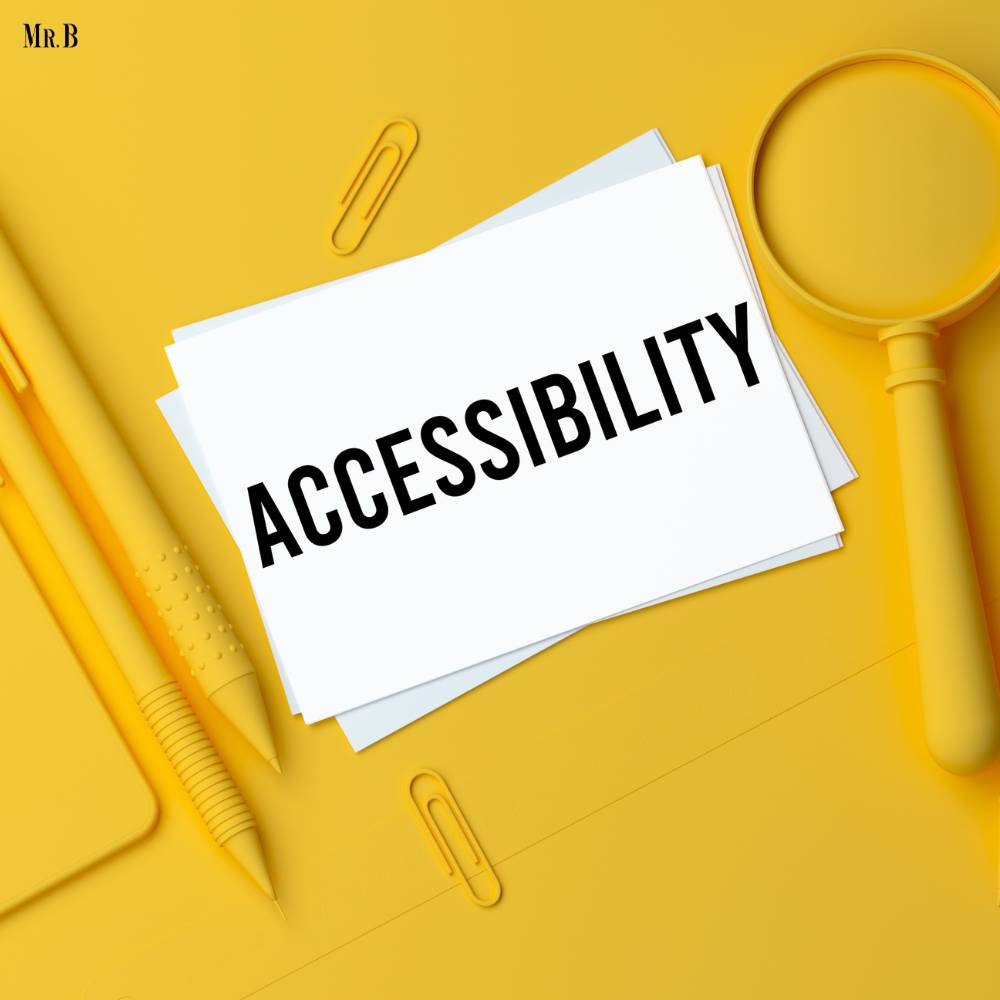How Education Technology Is Transforming Education and Business Training?
- Category: Education

The rapid advancement of education technology, also known as EdTech, has fundamentally transformed the way we learn and work. In this era of digital innovation, education and business training are no exceptions. Education technology, is at the forefront of this transformation, offering a wide range of tools and solutions that are reshaping the educational landscape.
Let’s explore how Education Technology is revolutionizing both traditional education and corporate training:
1. The Evolution of Education Technology
EdTech encompasses a broad spectrum of technologies and solutions designed to enhance learning and training experiences. From interactive online courses and virtual classrooms to AI-driven tutoring systems and gamified learning apps, EdTech has evolved at an astonishing pace. This evolution has made education more accessible, engaging, and tailored to individual needs.
2. The Benefits of Education Technology
1. Accessibility: One of the most significant advantages of EdTech is its ability to provide access to education and training to a wider audience. Online courses and digital resources can be accessed from anywhere with an internet connection, breaking down geographical barriers and enabling lifelong learning.

2. Personalization: Education Technology allows for personalized learning experiences. Adaptive algorithms can assess a learner’s strengths and weaknesses and provide customized content and feedback, ensuring that each student progresses at their own pace.
3. Engagement: Gamification and interactive multimedia elements make learning more engaging and fun. This not only improves retention but also motivates learners to actively participate in their education.
4. Cost Efficiency: Online learning often eliminates the need for physical classrooms, textbooks, and other traditional resources, reducing costs for both students and institutions.
5. Data-Driven Insights: EdTech platforms collect a large portion of data based on learner performance. This data can be analyzed to identify areas where students struggle and provide targeted interventions to help them succeed.
3. The Corporate Training Revolution
EdTech has also had a profound impact on corporate training and professional development. Companies are increasingly turning to digital solutions to upskill their employees efficiently and cost-effectively.
Case Study: LinkedIn Learning
LinkedIn Learning is an example of an EdTech platform that has revolutionized professional development. It offers a vast library of courses covering a wide range of topics, from technical skills to leadership and soft skills. Companies can purchase subscriptions for their employees, allowing them to access high-quality training materials on-demand.
LinkedIn Learning’s reporting and analytics features enable companies to track employee progress and identify skill gaps within their workforce. This data-driven approach to training allows businesses to make informed decisions about talent development and succession planning.

4. Emerging Education Technology Trends
Education Technology is a rapidly developing field, and several emerging trends are shaping its future.
1. Virtual Reality (VR) and Augmented Reality (AR): These technologies are finding their way into education and training, offering immersive and interactive experiences. Medical students can perform virtual surgeries, and employees can receive hands-on training in a virtual environment.
2. Artificial Intelligence (AI): AI-driven tutoring systems and chatbots are becoming more sophisticated, providing personalized support to learners. AI can also be used to analyze learner data and predict future learning needs.
3. Blockchain in Credentialing: Blockchain technology is being explored to secure and verify educational credentials, making it easier for employers to trust the qualifications of job applicants.
5. Challenges in EdTech Innovation
While Education Technology holds immense promise, it is essential to recognize and address the challenges it presents. These challenges are crucial for stakeholders in education and business to navigate effectively.
1. Accessibility and the Digital Divide: EdTech innovations often require access to technology and the internet, which is not universally available. Bridging the digital divide is a pressing concern, as it impacts the equitable distribution of educational opportunities. Efforts must be made to ensure that underserved communities and individuals have access to the necessary tools and connectivity.
2. Quality Assurance: The proliferation of online courses and resources has raised concerns about quality control. Not all EdTech solutions are created equal, and ensuring the reliability and effectiveness of digital learning materials is a constant challenge. Institutions and businesses must rigorously assess the quality of EdTech products before adoption.
3. Privacy and Data Security: Education Technology platforms collect vast amounts of data on learners. Ensuring the privacy and security of this data is vital. Institutions and businesses must comply with data protection regulations and implement robust security measures to safeguard sensitive information.
4. Training and Support: Implementing EdTech solutions effectively often requires training for educators and learners. Many institutions and businesses may struggle to provide adequate training and ongoing support, hindering the successful integration of technology into the learning process.
6. Future Trends in EdTech Innovation

As Education Technology continues to progress, several exciting trends are shaping the future of education and business training:
1. Artificial Intelligence (AI) and Machine Learning: AI-driven technologies are becoming increasingly sophisticated, enabling personalized learning experiences. AI can analyze individual learning patterns, adapt content in real-time, and provide tailored feedback. This trend will enhance the effectiveness of EdTech tools.
2. Gamification and Immersive Learning: Gamified learning experiences and immersive technologies like virtual reality (VR) and augmented reality (AR) are making education more engaging and interactive. These technologies can transport learners into virtual environments, enabling hands-on experiences in a safe and controlled setting.
3. Microlearning and Bite-Sized Content: Busy schedules and short attention spans have led to the rise of microlearning – the delivery of content in small, digestible units. EdTech platforms will increasingly offer bite-sized lessons and resources that learners can access on-the-go, making learning more convenient and accessible.
4. Blockchain for Credentialing: Blockchain technology is being explored for secure and transparent credential verification. This innovation could revolutionize how educational qualifications and certifications are stored and shared, simplifying the hiring process for businesses.
5. Hybrid and Blended Learning: The pandemic accelerated the adoption of hybrid and blended learning models, combining online and in-person elements. This trend is likely to persist as it offers flexibility and personalized learning paths.
6. EdTech Ecosystems: Comprehensive EdTech ecosystems will continue to develop, offering a seamless integration of various digital tools and resources. These ecosystems aim to create a holistic learning experience that encompasses everything from content delivery to assessment and analytics.
Summing Up
Education Technology is not just a tool, it’s a transformative force in education and business training. Its potential to make learning more accessible, personalized, and effective is still being realized. As technology continues to advance, we can expect even more innovative solutions that will shape the future of education and training. Embracing these developments can help individuals acquire new skills, businesses remain competitive, and society progress in this digital age.







